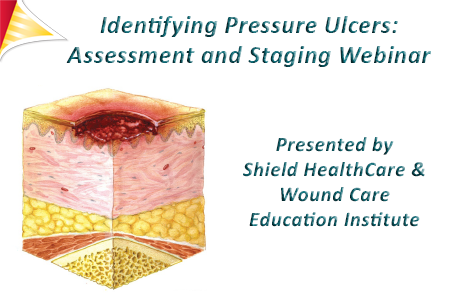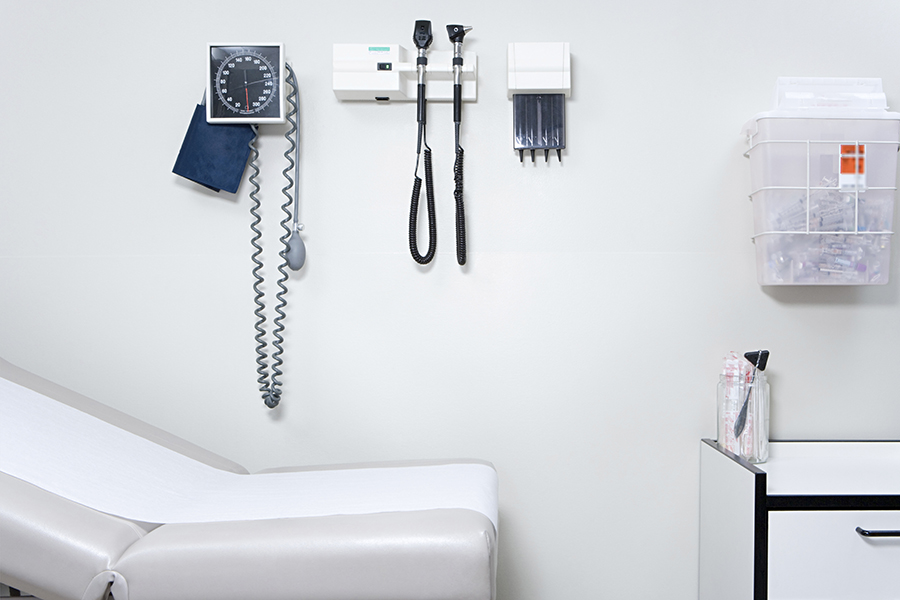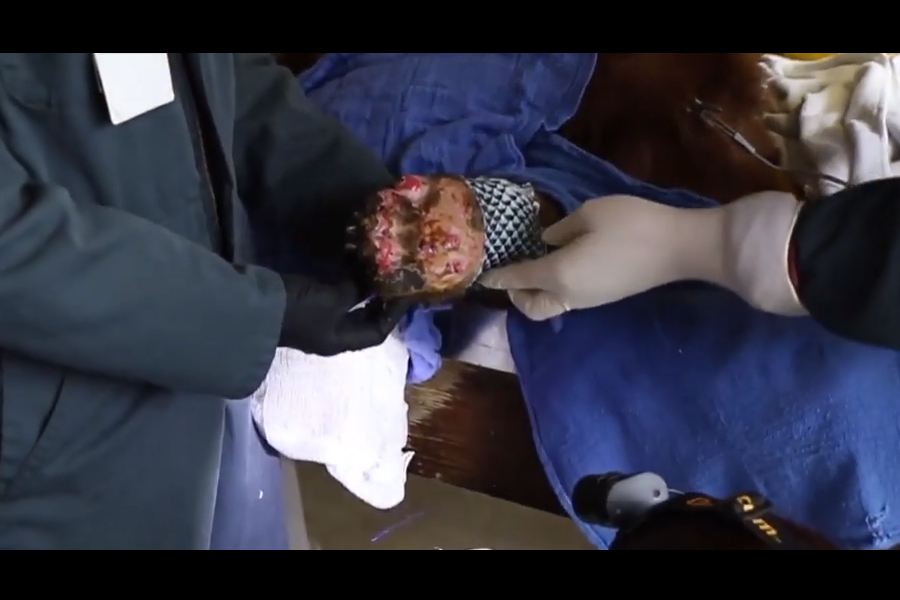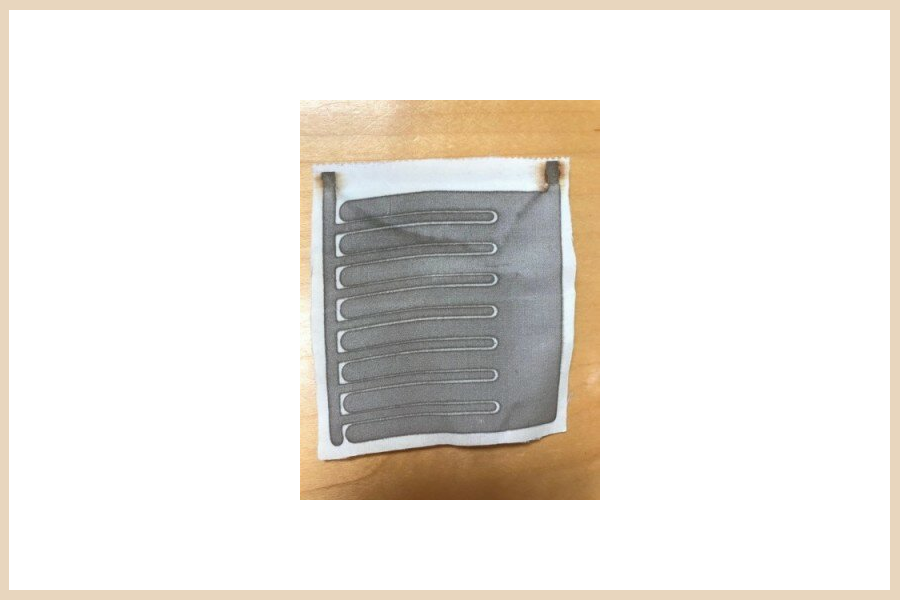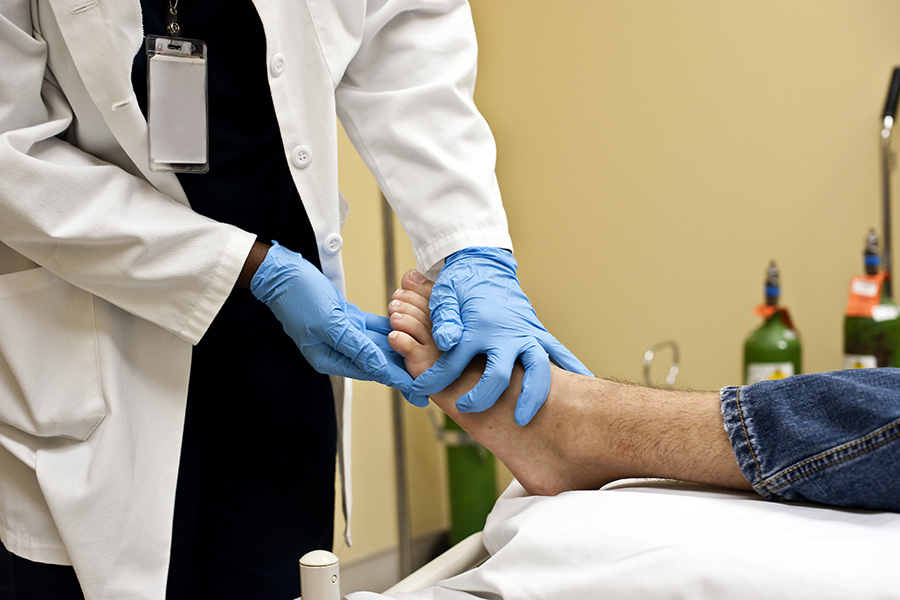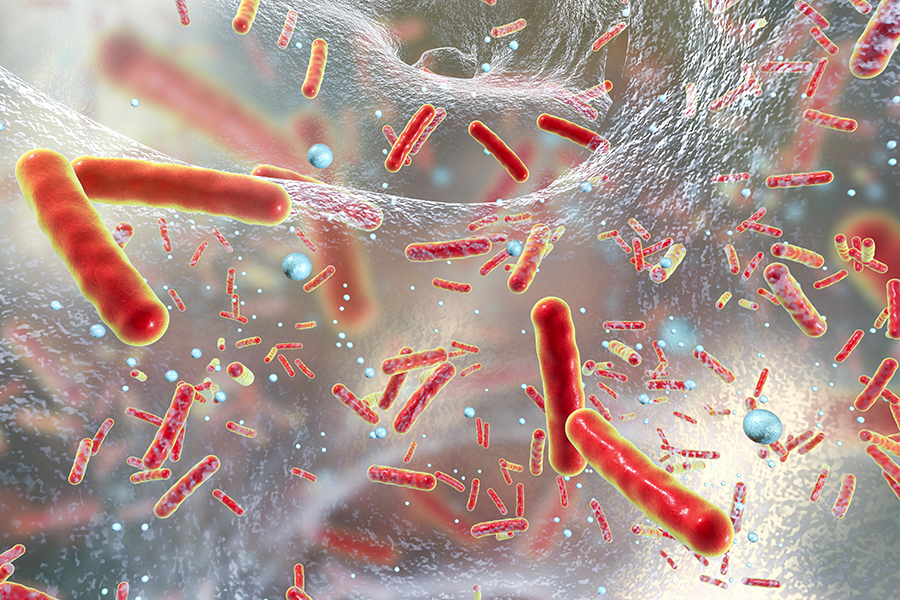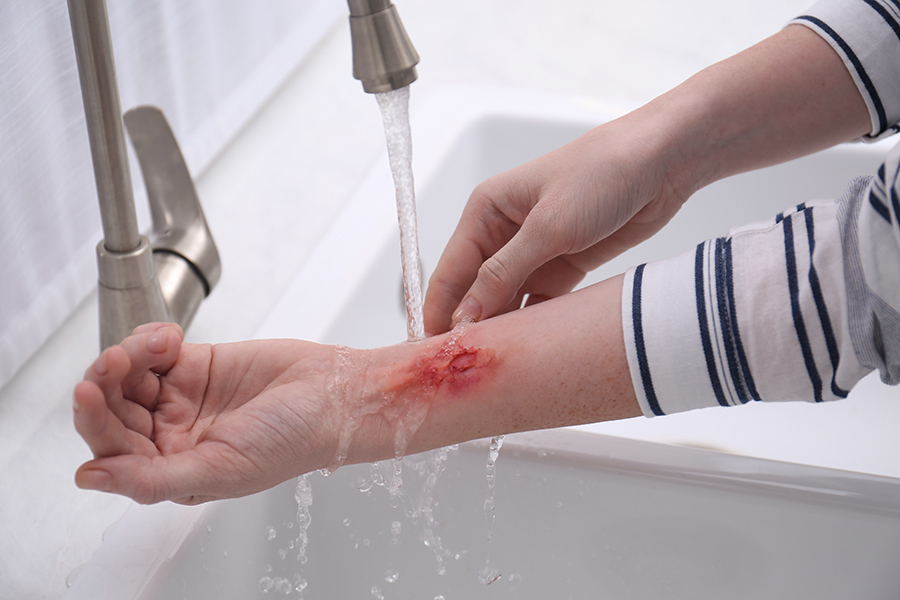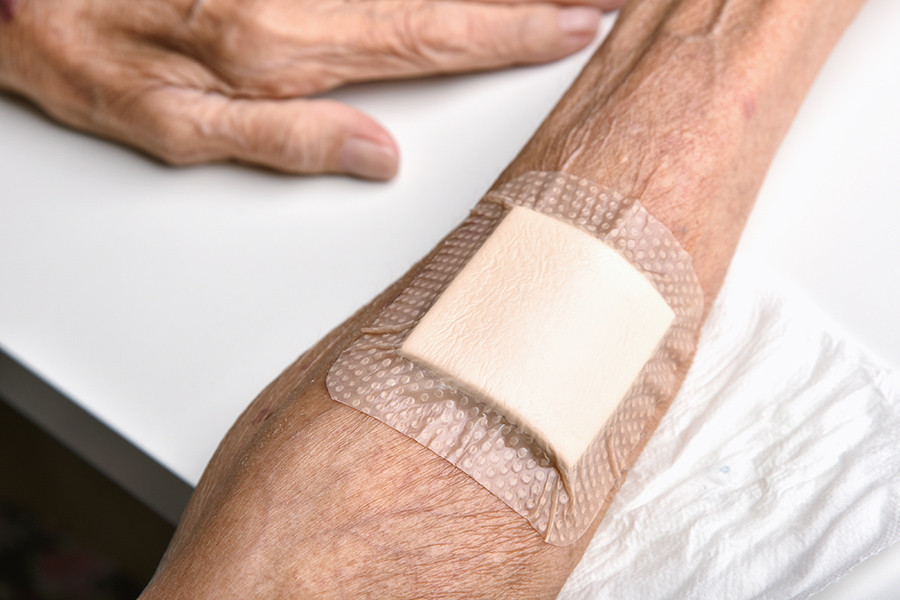Adequate nutrition is an important part of wound management. When the body undergoes the healing process it requires extra calories, particularly in the form of protein. Any nutrient deficiencies can aggravate the wound condition and contribute to delayed wound healing. People with wounds, or people caring for wound patients, should keep in mind the benefits of providing an ample, healthy diet.
Maintaining an adequate amount of protein is important for the healing process. Protein helps build new cells, and is a source of fuel for the body. The following tips may help you to add protein to your diet:
- Add meat, tofu, beans or eggs to soups, casseroles and pasta dishes.
- Add cheese or cottage cheese to sauces, pasta, vegetables, soups or casseroles.
- Add powdered milk or protein powder to milk, eggs, cereal, soup, chopped meat, casseroles, baked dishes, cocoa, rice, pasta, cream sauces or yogurt.
- Add yogurt or milk to fruit smoothies.
In addition to adding protein to your diet, it is important to add overall calories, especially if you are underweight.
- Aim for at least 6 meals and snacks daily.
- Add butter or sour cream to pasta, soups, eggs, vegetable dishes and casseroles.
- Spread margarine, peanut butter, honey, cream cheese or mayonnaise on sandwiches, toast, bread or fruit.
- Mix whipped cream, marshmallows, raisins or dates into dessert foods.
- Use whole milk or cream instead of skim or low fat milk, and substitute milk or soymilk for water when making soup, cocoa, oatmeal or pudding.
- Coat chicken and vegetables in batter or bread crumbs before cooking.
- Drink plenty of fluids, including those with high calories, such as milk or soy milk, milkshakes and fruit juice.
Take a multivitamin. Ask your doctor or dietitian if you should take additional vitamins and/or minerals.
Please consult your health care practitioner before making any dietary changes. Other health conditions, such as high blood pressure, diabetes, high cholesterol or renal disease may need to be considered before changing your diet.
Disclaimer: The information provided within this website is for educational purposes only and is not a substitute for consultation with your physician, dietitian or healthcare provider
Source: American Dietetic Association









